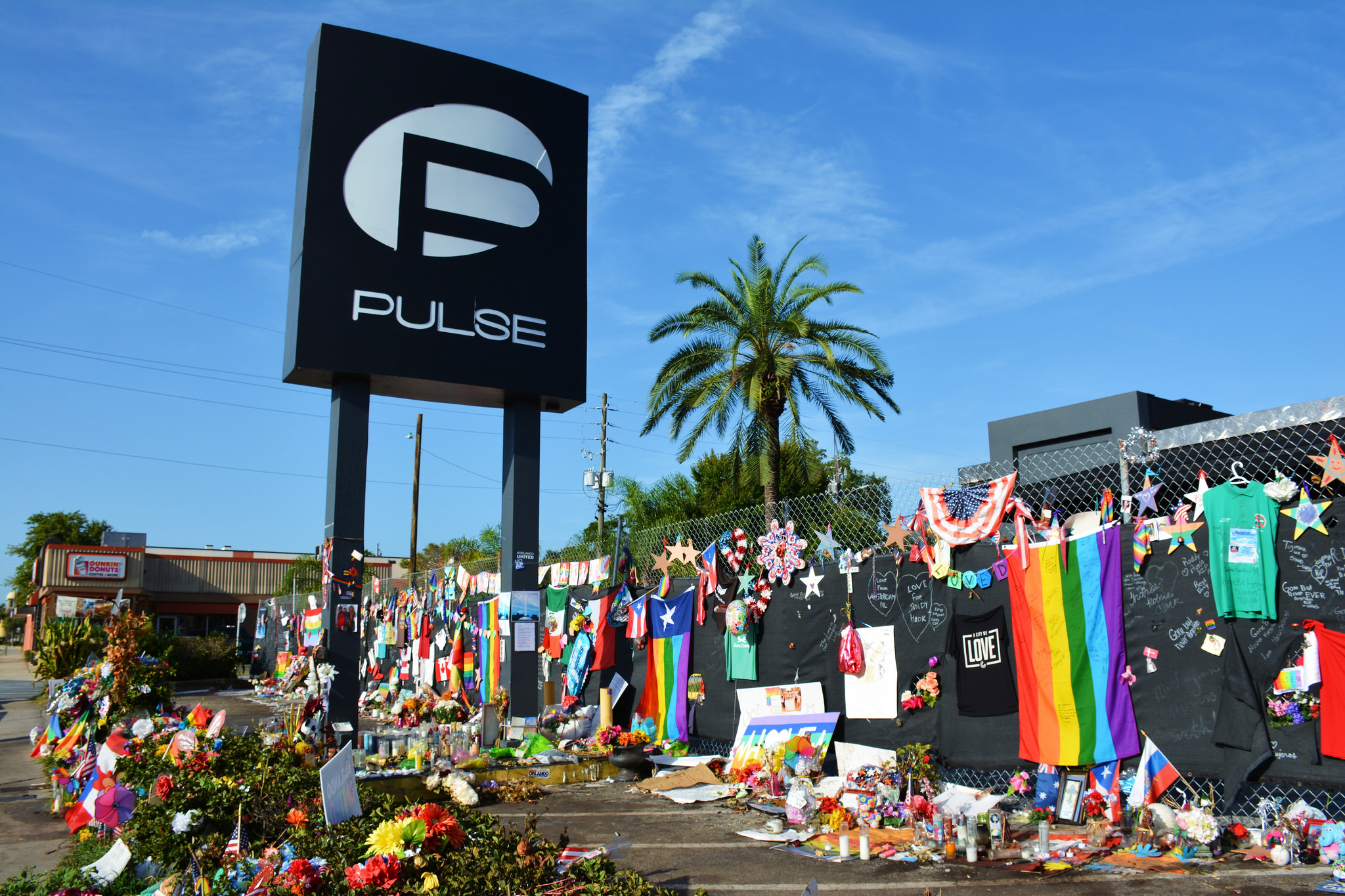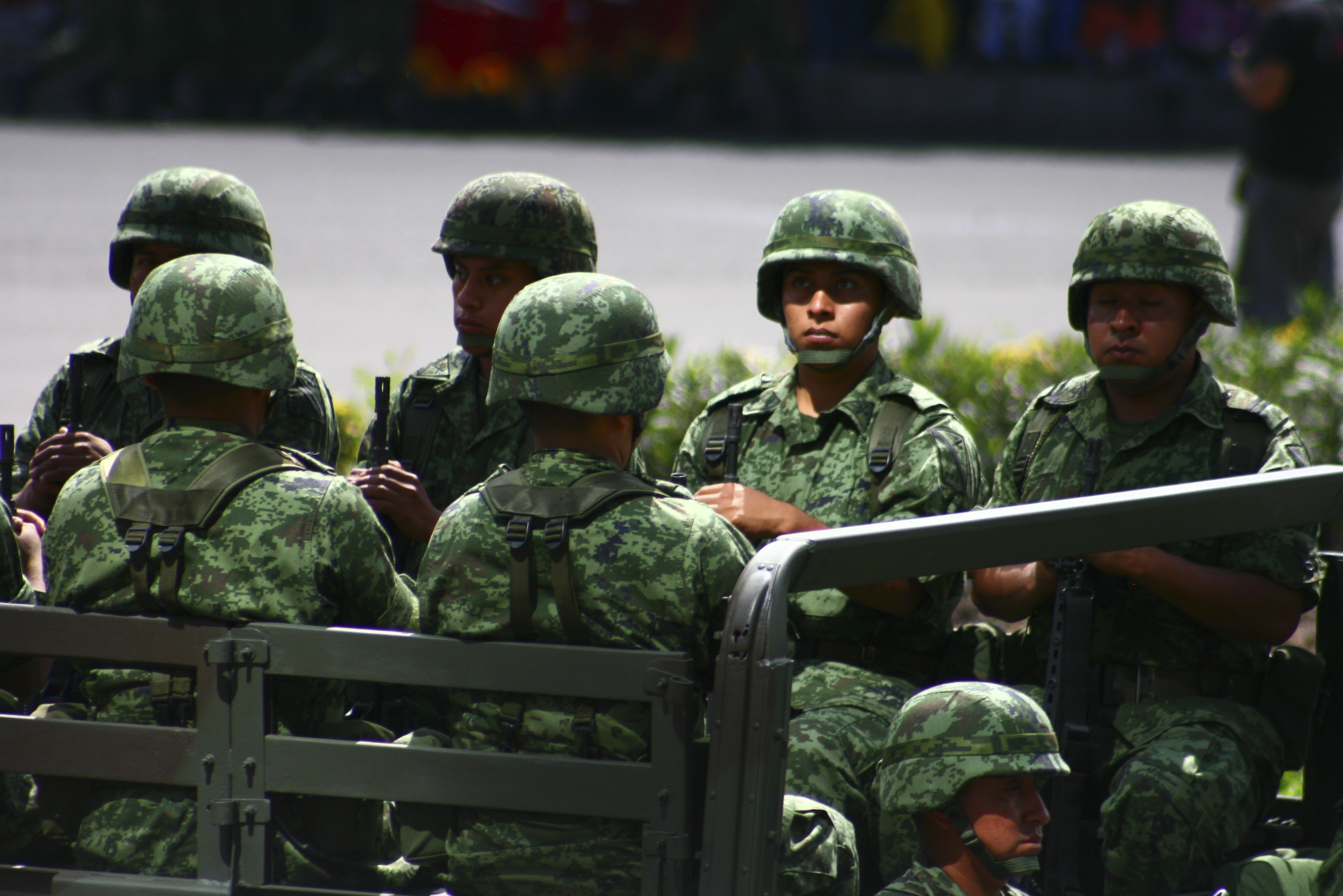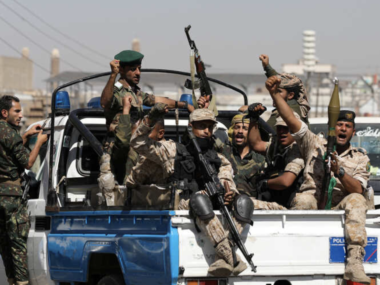By Allison Beth Hodgkins and Kamal Eldin Salah

When IS’s Sinai affiliate Wilayat Sina’ (Province of Sinai) launched their July 1st offensive in Northern Sinai, they made certain the world knew exactly who was behind this spectacular series of attacks. In addition to waving localized versions of the infamous black banner, the group boasted of their exploits on facebook. Similarly, when a 450kg bomb exploded next to the Italian consulate in downtown Cairo on July 10, IS quickly tweeted it’s thanks for “God’s grace” in the success of the deadly attack. Ominously, the statement claimed the attack in the name of the Islamic “State in Egypt” – as opposed to in Sinai alone, hinting at yet another expansion of the Caliphate.
That either IS or it’s local affiliates would want to claim responsibility for these high profile attacks is understood. Both the raid on vital military outposts in Sinai and a hit in the center of Cairo are powerful testaments to the prowess and reach of these organizations that is further amplified through artful use of social media. What is puzzling, however, is that this same level of grandstanding was absent in the equally spectacular attack that claimed the life of Egyptian state prosecutor, Hisham Barakat, on June 29th. Although Wilayat Sina’ (WS) released a video clip shortly after the attack, which featured detailed footage from their assassination of 3 judges in May that had been spiced up with a montage of Islamic verses and statements by the late Abu-Musab al-Zarqawi, there was no mention of the stunning hit in the middle of Heliopolis – an upscale neighborhood that hosts the headquarters of both the Egyptian military and air force.
Why would either IS or their Sinai affiliate fill the silence over the Barakat assassination with what is essentially the Jihadist equivalent of a hit-single remix? If they did it, why not say so? The group is not exactly coy about their “achievements.” Moreover, if they didn’t do it, why fill up the airspace with some lame re-runs? The most logical explanation is that they wanted to keep their name in the limelight while preparing for the next round, which they unleashed days later. In fact, our analysis of the pattern of attacks over the past year in Egypt suggests to us that there groups with transnational ideologies like IS may be ramping up the violence in an effort to outbid their local rivals who share a salafist inspired ideology, common enemy, but differ over the ultimate objective of challenging the state.
While there is still no credible claim of responsibility for the Barakat assassination, there is some speculation that the brazen attack was the work of Ajnad Misr (the soldiers of Egypt)– a salafist themed, terrorist organization that exploded (pun intended) on social media in January 2014. So far, Ajnad Misr has been implicated in some 26 attacks in greater Cairo, including some that occurred before the group officially announced it’s existence with the hashtag “retribution is life.” The group appears to have a particular penchant for blowing up police officers with improvised explosive devices, including a series of bombings near Cairo University and the April 24, 2014 killing of a brigadier general. The group was declared a terrorist organization by state security courts in May 2014, and just days prior to his assassination, Barakat had referred a number of suspected Ajnad Misr members for trial.
Whether the group was or was not responsible for the Barakat assassination is still unclear. However, there is substantial evidence of rivalry between Ajnad Misr and WS, dating back to the days when the Sinai based group was still operating under the moniker “Ansar Beit al-Maqdis” (Faithful of the Holy Sanctuary). First, one of Ajnad Misr’s reputed founders, who was killed in April, was believed to have been a member of Ansar Beit al-Maqdis (ABM). Second, ABM also claimed responsibility for Ajnad Misr’s first “official” attack; a double bombing on a police vehicle in Giza, only to later issue an apology in which it conceded Ajnad Misr deserved at least partial credit.
Moreover in the data we have been collecting on terrorist attacks in Egypt since June, 2014, we noted that there were seven cases were a WS attack in Sinai was preceded by a similar hit by Ajnad Misr the greater Cairo area just days before. This chart showing the progression of Ajnad Misr and WS attacks in terms of deaths and injuries further suggests an overall pattern of one-upmanship between the groups.
In addition, the two groups often issue parallel videos, and statements on social media railing against the transgressions of the state and promising retribution. Both groups take particular umbrage over the government’s treatment of women in custody and lace their videos with appeals to the faithful to “man-up” in defense of their ladies! (Note to any feminist theorists: there is a field day to be had with the gender metaphors in these clips!).
However, the major difference between Ajnad Misr and WS, as this report by the Tahrir Institute carefully points out, is that the Islamist state that Ajnad Misr is fighting for is an Egyptian state. In other words, while Ajnad Misr shares IS and WS’s disdain for Zionist collaborators, Crusader cronies, and sundry honor abusing apostates, they are not seeking to erase national boundaries. This is an important distinction as its there are few Egyptians – even Egyptian salafists – who would subordinate their national pride to a Caliphate run out of Baghdad. In fact, one of the many charges against the Muslim Brotherhood that had traction during Morsi’s brief rule was that the group harbored a transnational agenda and planed to join with other branches across the region. In this vein, WS ties with other jihadist groups, including alleged ties with Hamas, has limited that organization’s appeal across the canal.
Thus, it is highly plausible that WS and IS see Ajnad Misr’s appeal among the increasingly radicalized, youth supporters of the Muslim Brotherhood as threatening. This drive may be prompted by reports that WS is losing support, particularly by alienating Sinai’s civilian population with its tactics. Ajnad Misr has been vocal about its efforts to avoid civilian casualties, even claiming to cancel attacks where they believed civilians could have been harmed. While WS has also said they take care for civilians, there have been significant numbers of civilian casualties in WS attacks. It is worth noting that in the July 10th statement tweeted by IS, they promised more attacks and warned Muslims to avoid “legitimate” targets. In other words, by drowning out the smaller group’s success, flexing it’s muscle, and striking in it’s territory either through WS or new affiliates, IS may be attempting to show it is the only snake with the fangs long-enough to strike at the regime – regardless of the human costs.
While this is possibility is worrisome on the one hand, as it suggests further escalation and the likelihood of even more audacious and deadly attacks, it is also useful for counter-terrorism efforts. First, the trend in copycat attacks can be employed to better predict the next strike and harden potentially vulnerable targets. More importantly however, the government can exploit the differences in endgames to undermine recruitment strategies and galvanize popular support for its counter-terrorism initiatives. While the Muslim Brotherhood arguably retains some support in Egypt, IS certainly does not. In this sense, it’s attempts at outbidding groups with a more nationalist agenda may, ironically, work in favor of the government.
Kamal Eldin Salah is a Master’s Candidate in Global Affairs at the American University in Cairo.








2 comments
Note: the hyper link to this report fell off the final line of paragraph 5 “conceded Ajnad Misr deserved at least partial credit.” from this report by the Tahrir Institute for ME Policy, http://timep.org/esw/profiles/terror-groups/ajnad-misr/ that was itself linked to this: http://www.longwarjournal.org/archives/2014/01/ansar_jerusalem_clai_6.php.